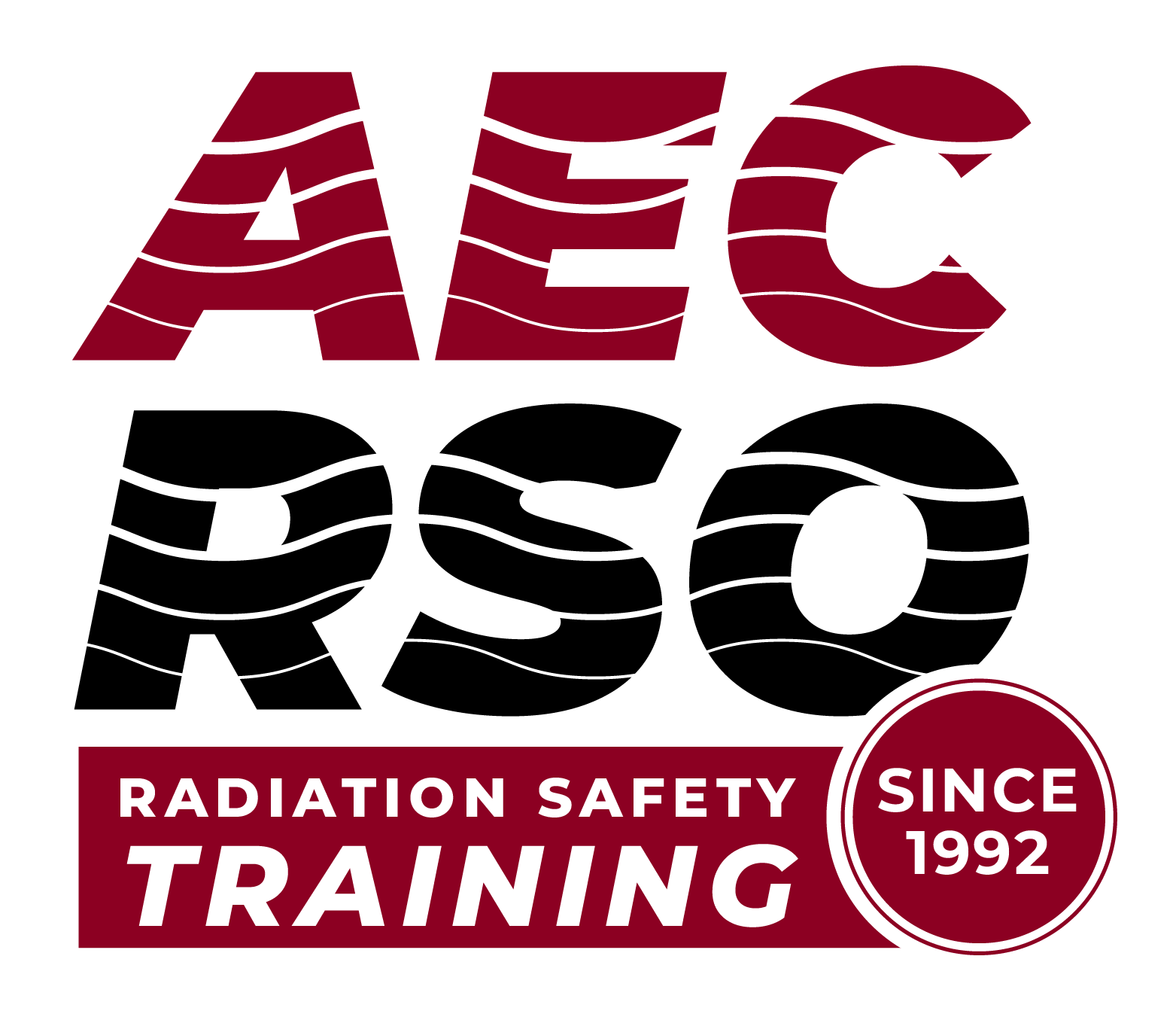TOPIC 9: Installation & Relocation
Let’s explore installation and relocation of gauges.
—
Relocation is the movement of a gauge from one location to another.
The licensee can perform their own installation and relocation of FIXED industrial gauges provided
they Obtain approval from regulator.
Performing relocation services in house
- Can save time and costs
- Requires Advanced Authorized User with gauge training
—
Installation/Relocation PROs & CONs performed By licensee
➕PRO: Company personnel perform
➕PRO: Don’t have to wait for manufacturer
➕PRO: Can save time and money
—
➖CON: Takes time for company personnel to perform
➖CON: Requires license approval
➖CON: Requires Advanced Authorized User with gauge training (40 hour +)
➖CON: Procedures approved
—
So, you’ve made the decision to do your own relocation of a gauge. You’ve had this training, you’ve developed your procedures, obtained approval from the regulator. Now what?
- Obtain the instructions from your operations group as to the scope of the relocation. Where is to go and when is it to be done.
2. Obtain blueprints of the designated location to relocate the gauge
3. Get the Sealed Source & Device Registry for the gauge you are moving. This document came with the gauge when you first received it from the manufacturer. It will tell you the size of the pipe you can install the gauge.
4. Compare the Scope of Operations with the Authorized User as described in the Sealed Source & Device Registry.
5. Use the RWP to document to describe when the task will be done, how it will be done, who will do it, and calculate the maximum dose each worker will receive.
—
Set up a Radiation Controlled Area (Rope off to limit access from non-essential personnel).
—
Make sure your license authorizes the RELOCATION activity.
The Authorized User CONDITION on the license most like will state that it is to be, “Used by or under the supervision of and in the physical presence of…” and then will include the name of an Advanced Authorized User or RSO. This means that person must be physically present during the relocation.
—
Instrumentation used in the relocation of gauges.
—
We learned about the different type of survey meters in the extended course. The most common type of instrument for gauge relocation is a gas filled radiation detector…also known as a GM detector. The GM detector can handle higher radiation field strengths than the scintillation detector.
—
We need a survey meter that can read up to 200 mR/hr when relocating gauges. The reason is if the gauge should get damaged and the source exposed, we need a survey meter to accurately read the exposure rates.
